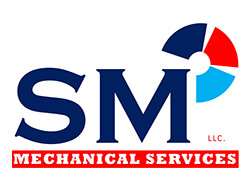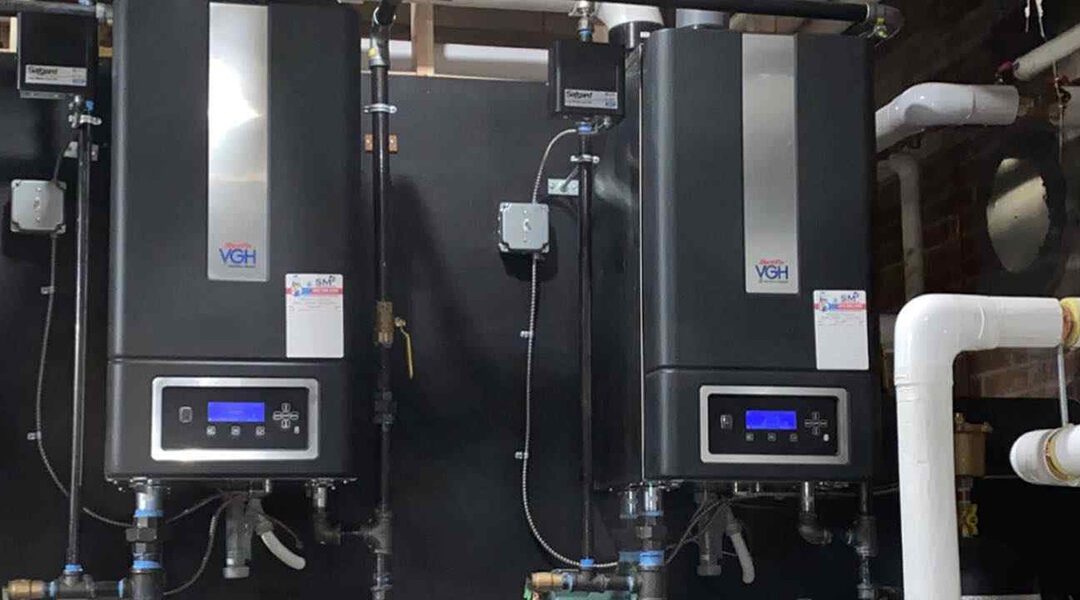Home appliances seem to fail when you need them most, so when your furnace starts acting up, you may wonder what’s going on. Most homeowners don’t know how to tell if the furnace blower motor is bad, causing them to seek out other explanations before they contact their local HVAC company. Figure out how to know if the furnace blower motor is bad and when to call for professional furnace repair in Glastonbury.
The Different Types of Furnace Blower Motors
All HVAC systems use a blower motor to move cooled or heated into the air ducts throughout your home. As your home heats or cools in accordance with your thermostat settings, you’ll eventually hit your ideal temperature, at which point the blower motor turns off. Without a functioning blower motor, your heating and air system can’t provide you with comfortable interior temperatures.
Blower motors differ depending on the type of HVAC system you have; you might have one of the following.
Drive Types
In rare instances, a system’s blower motor may have a belt drive motor that uses a pulley system to turn the wheel for the blower. Most of these drive types have fallen out of favor in exchange for direct drive motors that connect to the blower wheel directly. Most modern gas furnaces use a direct drive motor, with only extremely old or commercial furnaces utilizing a belt drive motor.
Speed Types
Blower motors come in single-speed and variable-speed versions. Single-speed motors only blow air at one speed, turning on and off in accordance with the interior temperature. After reaching the thermostat’s settings, the system turns off completely, then turns back on at full speed as the temperature drops.
A variable-speed motor can operate at different speeds, making it surprisingly more energy-efficient while remaining more effective than single-speed motors. While single-speed motors turn off and on between full power, variable-speed motors keep running but lower from full power to low power. While on the low power setting, variable-speed furnaces continue to move air around in the home.
Why Blower Motors Fail
All parts of HVAC systems suffer wear and tear, and since your blower motor does so much work to keep your heating and air conditioning working, they get more wear than usual. While your blower motor can go out for a number of reasons, the most common include:
- Overheating
- Excessive moisture
- Dirt and debris build-up
- Electrical wiring problems
- Burnt-out bearings or windings
A damaged or failing blower motor can cause poor air quality in your home and other issues within your system, making it a requirement to fix the issue at hand. If you suspect a problem with your motor, call for professional inspections and repairs to prevent potentially larger problems within your unit.
Signs of a Failing Blowing Motor
Most homeowners don’t look for potential problems with their HVAC unit, but may one day turn on the heat and hear weird noises or notice that the air doesn’t blow properly. If you’re wondering how to know if the furnace blower motor is bad, you can usually tell with one or more of these symptoms.
1. Unusual Smells
While dust burning off of furnace coils can produce an odor, that particular smell has some familiarity. However, if you smell a strange burning smell, this could indicate an overheating blower motor. Many blower motors have an automatic shutoff if the system draws too many amps, while others keep running and eventually burn through electrical wires, endangering homeowners.
2. Strange Sounds
Every furnace makes sounds when it turns on and off and makes a continuous noise while running. Suddenly hearing new, strange sounds could indicate a number of problems with your HVAC system’s blower motor. If you hear an odd noise when your furnace turns on, try to identify and match the noise with a specific sound so you can describe it to your HVAC technician.
Common sounds indicating trouble with your blower motor include:
- Screeching
- Squealing
- Knocking
- Banging
- Rattling
3. Airflow Problems
Weak airflow indicates a serious problem with your blower motor, such as a bad capacitor or clogs from dust, dirt, and debris. Sometimes an HVAC tech can clean your furnace blower motor and get it back into working condition, but in some cases, you may need to replace it.
If no airflow occurs at all, you most likely have a completely broken furnace blower motor that definitely needs a replacement.
4. Rising Energy Bills
When you see skyrocketing utility bills, you may need to service your furnace blower motor. This part of your HVAC system burns through the most energy, so when it attempts to keep itself going regardless of damage or clogs, you’ll see a spike in electricity use. Problems with your air duct system could also result in a massive uptick in energy use, so have your HVAC technician check everything to ensure they address the right problems.
5. Increased Repair Calls
If you find yourself constantly placing repair calls for your furnace, you may have a failing furnace blower motor. As a furnace ages, its blower motor takes on normal wear and tear, with most blower motors lasting between 15 and 20 years before needing replacement.
Replace Your Furnace Blower Motor With a Professional HVAC Team
If you’re wondering how to know if the furnace blower motor is bad, you may have already noticed problems with your HVAC system. While the above signs of a failing blower motor can help you hypothesize on the problems with your furnace, only a trained and experienced HVAC tech can troubleshoot the real problem. Find out whether your furnace blower motor needs repairs or replacement with the professional team at SM Mechanical Services.
As a family-owned HVAC company in Glastonbury, CT, we’ve provided homeowners in Middlesex and Hartford counties with expert air conditioning and heating services for over 15 years. If you believe that your furnace blower motor needs repairs, maintenance, or replacement, call SM Mechanical Services in Glastonbury, CT, at (860) 530-2671.

